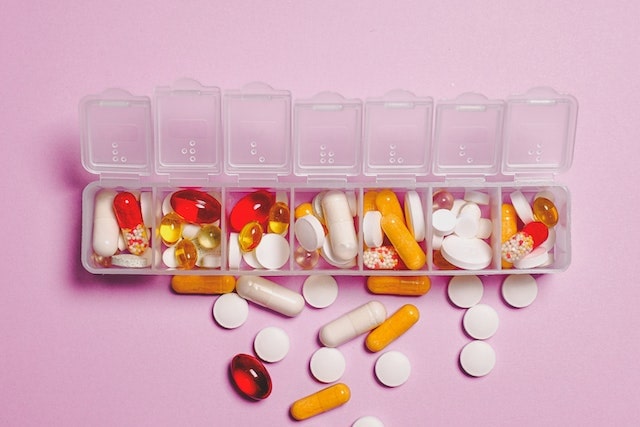Coating Tablet coating is a process, applied to the tablet, surface. The substance used for coating is usually applied as a solution (or) suspension.
Table of Contents
Types of coating
1. Sugar coating: Sugar coating is done by using the pan coating method. Here sugar is used to mask the bitter and unpleasant odor and taste of the medicament. It improves aesthetic value and safeguards the drugs from atmospheric effects.
In this technique processes are:
- (a) Sieving
- (b) Sealing
- (c) Subcoating
- (d) Sugar coating
- (e) Finishing
- (f) Polishing
2. Film coating: Film coating is done by using the pan coating process. Here the coating is done by a single (or) mixture of film-forming polymers such as hydroxyl propyl methyl cellulose, hydroxyl ethyl methyl cellulose, carbowax, polyethylene glycol 400, etc. The polymer is dissolved in some volatile organic solvents and is sprayed over the tablet in a rotating pan. The continuous process of this until a uniform good film is formed over the tablets these are generally tasteless, with little increase in the tablet weight, and have less elegance than that of sugar-coated tablets.
3. Enteric coating: These are compressed tablets meant for administration by swallowing and these are designed to bypass the stomach and get disintegrated in the intestines only. The here highest concentration of the drug is released within the intestine.
- (i) This process is mainly applied to severe irritation of drugs in the stomach.
- (ii) The action of the drug remains in the intestine and parasitic warm and protozoan infections.
- (iii) It medicament will be decomposed in an acidic medium(stomach).
- (iv) Delayed action, it required.
Coating Process:
- Pan coating
- Press coating
Coating materials:
- Binders (acacia, gelatin, cellulose, etc.)
- Colorants (dyes, iron oxide, titanium dioxide, etc)
- Fillers (Calcium carbonate, talc, titanium dioxide, etc)
- Anti-adhesives (talc)
Advantages of coating:
- Improving product stability.
- Improving easy to swallowing by the patient, to avoid disagreeable taste and smell.
- Improving the taste, odor, and color of the tablet (drug).
- To modify release properties.
- To protect against the gastric environment.
- To improve the mechanical resistance of the dosage form.
- Improve the appearance.
Also read: Types of tablets
